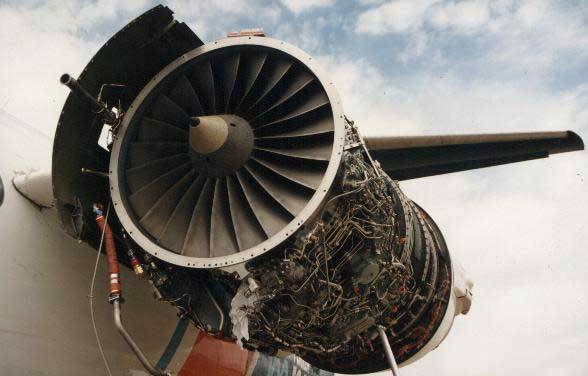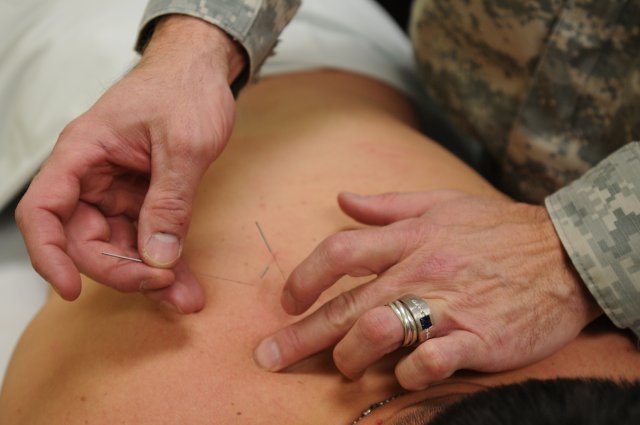Competitive dynamics, stable defence budgets and a hostile economic environment are today’s drivers for innovation in Aerospace, Defence and Security (ADS). Frost & Sullivan have recently provided an overview of key challenges and related investment attractiveness across ADS market segments.
“Commercial Aviation is a hyper-cyclical market, currently under severe pressure from rising fuel prices and taxes, as well as general shifts in air travel buying behaviour and consumption habits,” says Frost & Sullivan’s Principal Consultant DiogenisPapiomytis. “In this market, stakeholders across the supply chain need to rethink business models to reduce operating costs and enhance the value proposition of their products and services.”
Investment opportunities can be found in technologies and solutions that aim to reduce chronic airline inefficiencies, such as the elimination of inventory costs and asset misuse. Additionally, specific sectors offer better returns for investors looking at a possible expansion or entry point. IT and cabin interiors, with average operating margins of 6 per cent and 14 per cent respectively, score high in the sector attractiveness assessment.
“With regard to the Defence sector, many investors are turning away from it, as Defence procurement spending in G7 nations slows,” Mr.Papiomytis continues. “We are witnessing a shift in competitive dynamics, with defence suppliers increasingly looking towards new geographies and new sectors, in order to achieve ambitious growth targets. Nevertheless and irrespective of a negative macroeconomic picture there are still opportunities to be captured.”
With the emergence of Big Data and Total Life Cycle Management, for example, traditional defence contractors are now looking at potential acquisition targets to better position themselves in IT and Services. On the other hand, there are also two main manufacturing markets with high growth potential: small and mini UAVs and C4ISR. Estimated to be worth over USD 15 billion in 2020, C4ISR solutions continue to be a priority in MoD spending due to rapid technological developments.
Security is a market that will witness strong growth in infrastructure and government applications, while at the same time exhibiting consistent innovation in technologies around detection & identification, access control, biometrics and e-passport implementation. In 2011 global security spending amounted USD 140 billion and is expected to reach USD 200 billion by 2020, primarily driven by the US and emerging markets.
“Critical infrastructure projects and adoption of emerging technologies are the major contributors to the market development,” comments Mr.Papiomytis. “Nonetheless, the segment that will see most growth is Cyber Security, rising from USD 60 billion in 2011 to over USD 140 billion by 2020. We see an increasing number of implementation projects across Small and Medium businesses, as well as a rise in mobile security spending.”
The economy has negatively affected growth prospects for incumbents and potential investors across ADS. Nonetheless, opportunities do still exist and stakeholders are advised to look at those trends that will have the greatest impact over 10-15 years, rather than adopting a short-term conservative approach in their investments. Frost & Sullivan tracks technologies and disruptive trends across dozens of individual market segments in Aerospace, Defence & Security and is best placed to identify the ones that feature the highest investment attractiveness.
Frost & Sullivanworks in collaboration with clients to leverage visionary innovation that addresses the global challenges and related growth opportunities. For more than 50 years, we have been developing growth strategies for the global 1000, emerging businesses, the public sector and the investment community.











